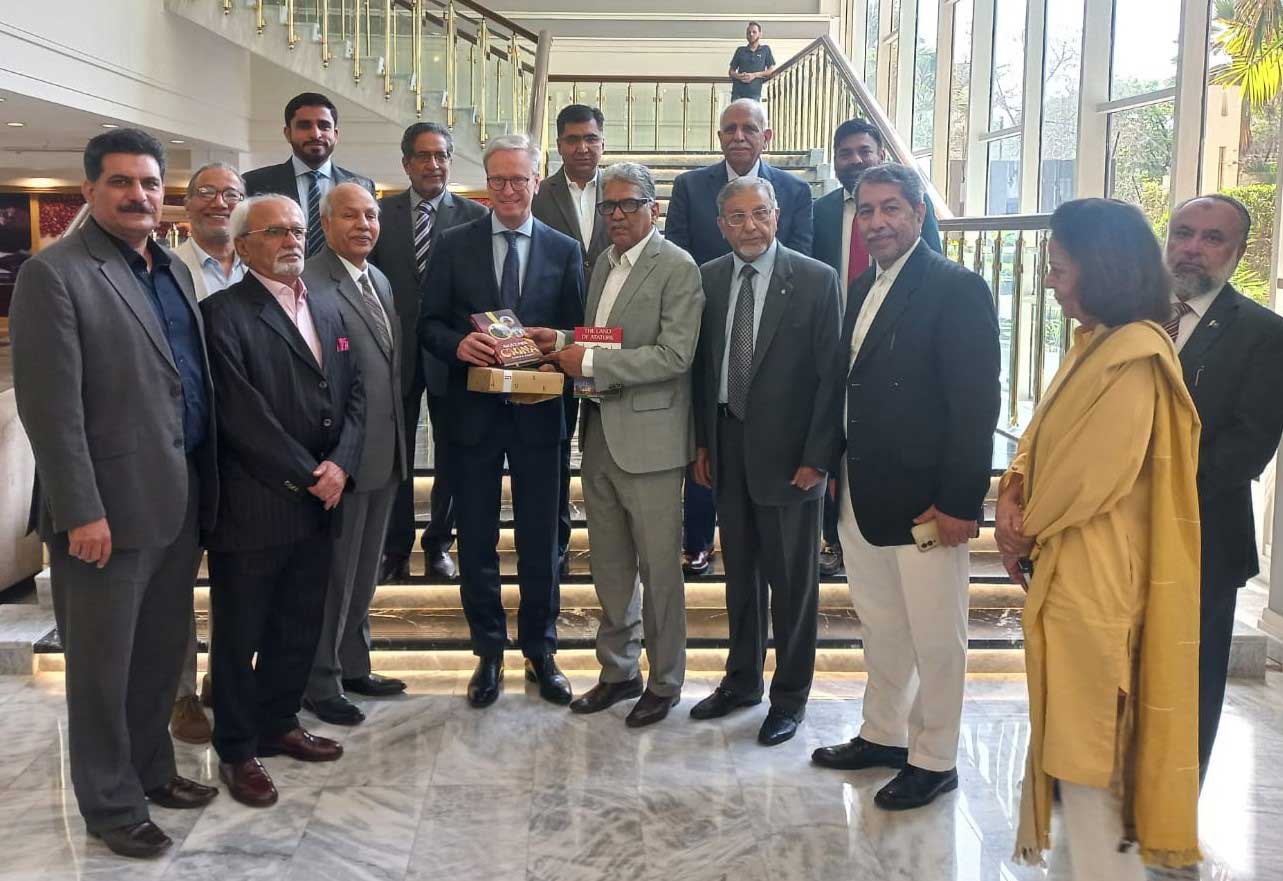The spread of Islam in the Indian Subcontinent began under Muslim rule during the Arab expansion in the 7th century. Islam entered the subcontinent with the conquest of Sindh by the young Arab general Muhammad Bin Qasim in 712. Qasim was sent by the Umayyad leadership. Sindh, known as Bab-ul-Islam, marked the beginning of Muslim rule in the subcontinent. With the arrival of the Muslim conquerors, such as the armies of Muhammad bin Qasim, the influence of Islam began to spread more widely. Muslims not only brought their religion but also their language, architecture, and social customs. The teachings of Islam also emphasized social justice, equality, and compassion, which resonated with many people in the region. Sufi saints, in particular, played an important role in the spread of Islam in the Indian subcontinent. The religion’s teachings on spirituality and morality provided a sense of purpose and meaning to people’s lives, while its emphasis on treating all people with dignity and respect appealed to those seeking a more just and equitable society.The Delhi Sultanate was established in 1206 by the Turkish ruler Qutb-ud-din Aibak, who conquered much of northern India. The sultans constructed impressive buildings, such as the Qutub Minar and the Jama Masjid, which blended Islamic and Indian architectural styles. During the Mughal era, which began in 1526 with the arrival of Babur, the first Mughal emperor, Islam continued to spread throughout the region. The Mughal emperors were great patrons of the arts and literature, and their court was renowned for its opulence and grandeur. Mughal architecture, such as the Taj Mahal and the Red Fort, is considered among the finest examples of Islamic art in the world.The arrival of the East India Company marked a turning point in the history of the subcontinent in December 1601. The company established its first factory, a trading post in the region, in 1612. In the 16th century, the British only focused on trade, but with the passage of time, they introduced some religious dimensions in different parts of the subcontinent. The Battle of Plassey in 1757 marked a turning point in the region’s history, as it established British dominance over the Indian subcontinent. The Indian subcontinent saw several rebellions against British rule, including the ones led by Haider Ali and Tipu Sultan. After the death of Tipu Sultan in 1799, the Company directly hit the culture and heritage of Indian people. From 1801 to 1825, a large number of people migrated from one place to another due to the cruel policy of the British Army. In 1834, British influence on Indian culture, language, education, and administration increased. The introduction of British law and legal systems and promotion of the English Language had a lasting impact on Indian society. The 19th century saw several uprisings and events against East India Company rule in India. The Government of India Act 1858 was enacted, transferring the power and territories of the East India Company to the British Crown and making the beginning of direct British rule over India until the people of the subcontinent gained independence in 1947.The struggle for Indian independence gained momentum in the early 20th century. The roots of the struggle for Pakistan can be traced back to the late 19th and early 20th centuries when Indian Muslims started to assert their separate identity. The Muslim League played a pivotal role in the struggle for independence and the creation of Pakistan. The League was founded in 1906 with the aim of representing the interests of Muslims in British India.
In terms of the vision for Pakistan, it is clear that the current situation in the country is very different from what Quaid-e-Azam and other Muslim leaders had envisaged. They wanted a democratic and inclusive state where all citizens could live according to their own beliefs and traditions. They believed in the principles of democracy, rule of law, and human rights, which they hoped would guide the new nation towards progress and prosperity. Unfortunately, after the creation of Pakistan, political instability has affected Pakistan’s progress by disrupting governance, poor economic growth, social unrest, and lack of planning for future development. These factors have contributed to the backwardness of Pakistan.To make Pakistan a welfare and developed state requires a long-term vision and sustained commitment to reforms and investment in many sectors. Pakistan needs to focus on education, healthcare, infrastructure development, and industrialization to achieve sustainable economic growth. It is also important to strengthen democratic institutions and ensure the rule of law to promote good governance and accountability. Furthermore, Pakistan needs to address the challenges of extremism, terrorism, and sectarianism. These issues have not only resulted in the loss of human lives and property but have also tarnished Pakistan’s image on the global stage. The government needs to take proactive measures to counter these threats and promote interfaith harmony and tolerance.In conclusion, Pakistan’s historical foundation and genesis can be traced back to the spread of Islam in the Indian subcontinent and the struggle for independence. However, the challenges faced by Pakistan in the present day require a sustained commitment to reforms and investment in key sectors to achieve long-term development and prosperity.
The historical roots of Pakistan: From Arab conquest to independence




